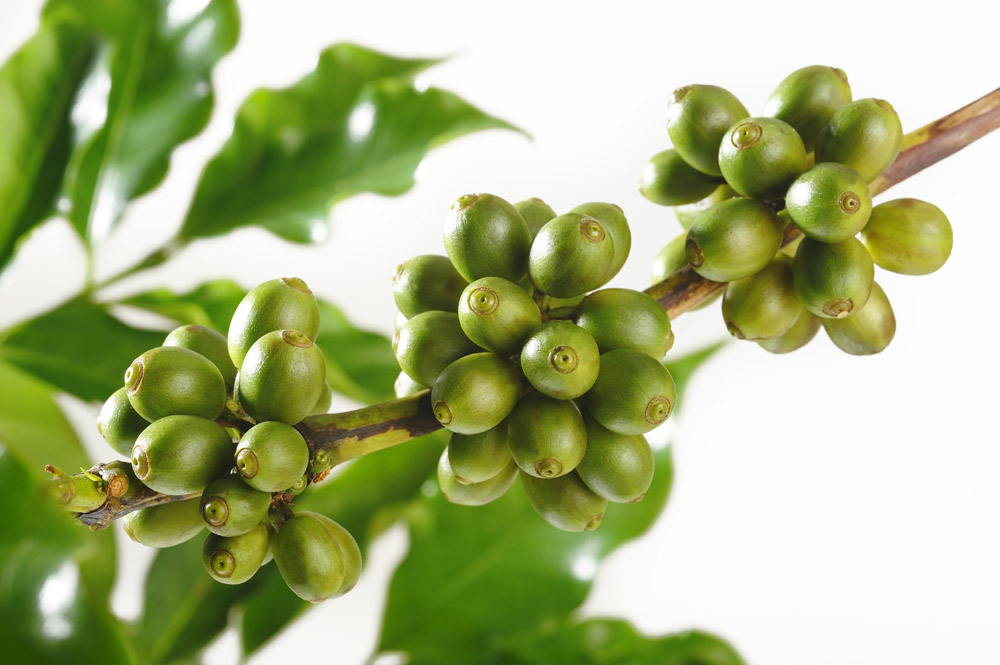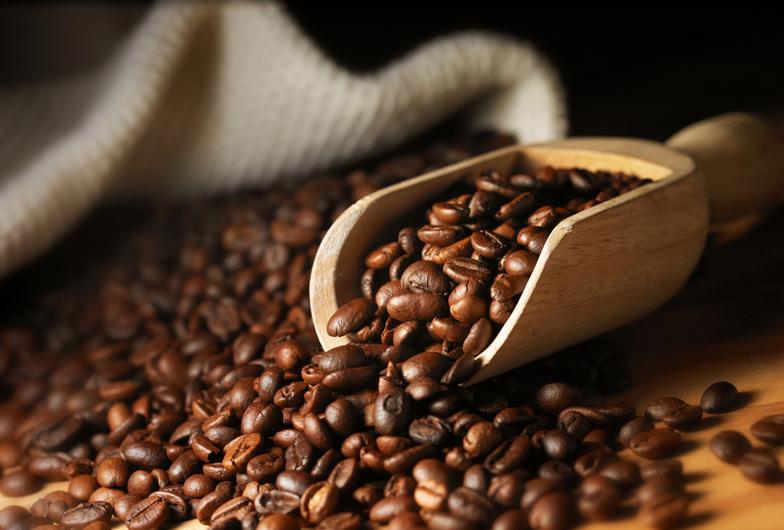The characteristics of Arabica beans Arabica beans source coffee beans Arabica beans
Arabica bean
Arabica beans are an important kind of commercial coffee with a fruiting period of less than three years and a high-quality aroma and sour taste. Arabica coffee beans are mainly produced in South America (except parts of Argentina and Brazil), Central America, Africa (Kenya, Ethiopia and other places, mainly East African countries), Asia (Indonesia, parts of Yemen, India, Papua New Guinea).
Arabica (Arabica) is one of two very important varieties in the commercial coffee industry, and another important variety is Robusta/Canephora. [1]
Features of Arabica coffee beans:
Taste: rich and delicate, strong smell, high acidity, slippery texture: not easy to have bitter taste
Chromosomes: 44 chromosomes
Caffeine: lower than Robusta
Price case: high
History.
The origin of Arabica species (Coffearabica) is Abizini, Ethiopia.
Arabica bean
The sub-plateau (Abyssinia, now known as the Ethiopian Plateau), mainly used as medicine (Islamic monks used as a secret medicine to cure the body and mind or to awaken the brain), developed the habit of baking and drinking in the 13th century, introduced into Europe through the Arab region in the 16th century, and became a favorite drink all over the world.

Important Notice :
前街咖啡 FrontStreet Coffee has moved to new addredd:
FrontStreet Coffee Address: 315,Donghua East Road,GuangZhou
Tel:020 38364473
- Prev

How to raise coffee beans and wake up beans
How to raise coffee beans and wake up beans? Coffee has increasingly become one of people's favorite drinks, not only a refreshing helper in work, but also a good partner in the life of fashion items. The quality of coffee beans is the key to the success of a cup of coffee, so what if a small coffee bean makes people shout I have a bean? Methods / steps to raise
- Next

The species of Arabica beans, the classification of Arabica beans, coffee beans, Arabica.
Variety editor native species in all coffee production, Arabica coffee accounts for 70% of the coffee 80%, its excellent flavor and aroma make it the only coffee that can be drunk directly. However, its resistance to dryness, frost, diseases and insect pests is too low, especially the natural enemy of coffee-leaf rust, so all producing countries are committed to variety improvement.
Related
- Beginners will see the "Coffee pull flower" guide!
- What is the difference between ice blog purified milk and ordinary milk coffee?
- Why is the Philippines the largest producer of crops in Liberia?
- For coffee extraction, should the fine powder be retained?
- How does extracted espresso fill pressed powder? How much strength does it take to press the powder?
- How to make jasmine cold extract coffee? Is the jasmine + latte good?
- Will this little toy really make the coffee taste better? How does Lily Drip affect coffee extraction?
- Will the action of slapping the filter cup also affect coffee extraction?
- What's the difference between powder-to-water ratio and powder-to-liquid ratio?
- What is the Ethiopian local species? What does it have to do with Heirloom native species?

